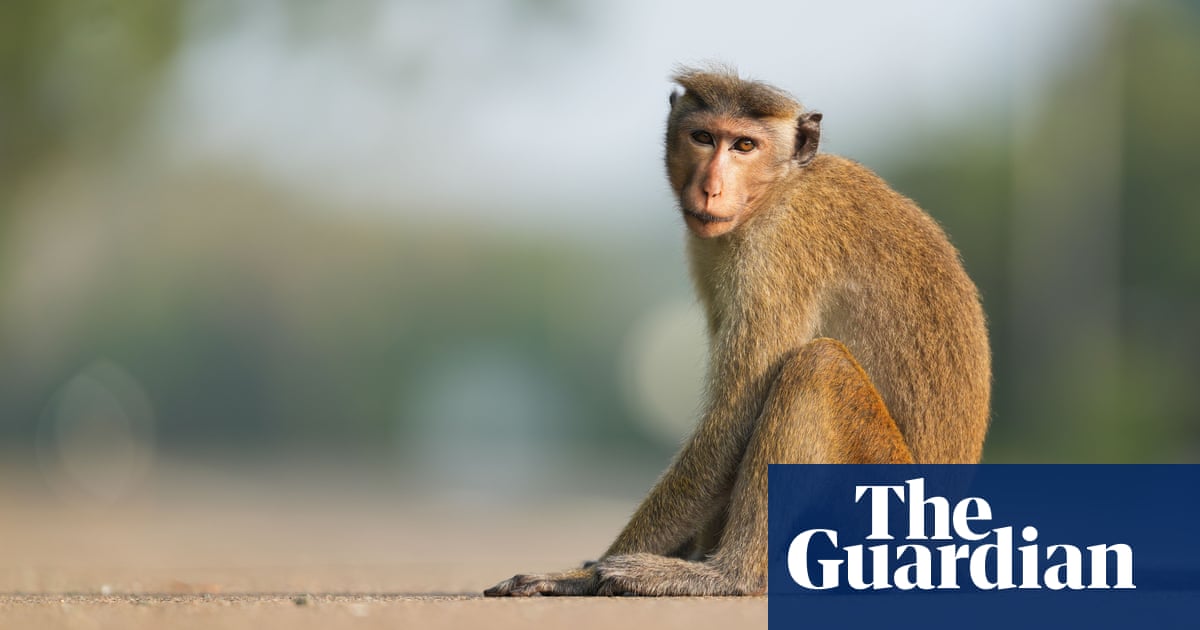 |
|
The recent nationwide power outage in Sri Lanka, attributed to a monkey's interaction with a power grid transformer, has brought the country's fragile energy infrastructure into sharp focus. While the image of a primate causing such widespread disruption may seem comical, the incident serves as a stark reminder of the vulnerability of Sri Lanka's power grid and the urgent need for modernization and investment. The event, which plunged millions into darkness, sparked a wave of online reactions, ranging from humorous memes to critical assessments of the nation's energy security. The sheer scale of the disruption, impacting even critical facilities like hospitals and water purification plants, underscores the systemic issues plaguing the country's electricity supply. The incident also reveals the complex interplay between human activity, wildlife, and infrastructure planning. The increasing encroachment of human settlements into forested areas, driving monkeys closer to urban environments and increasing human-wildlife conflict, adds another layer of complexity to the challenge.
The Ceylon Electricity Board's apology for the outage fell short of explaining the cascading effect of a seemingly minor incident. The question of how one monkey could cause a nationwide blackout points directly to the underlying weakness of the grid itself. Experts have long warned about the outdated nature of Sri Lanka's power infrastructure, its susceptibility to even minor disruptions. This vulnerability is not a new phenomenon; the country experienced widespread rolling blackouts in 2022 during its deep economic crisis, a period marked by severe fuel shortages and prolonged daily power cuts. The current incident, therefore, is not an isolated event but rather a symptom of a larger, more pervasive problem that demands immediate attention and comprehensive solutions. The lack of resilience in the system, highlighted by this unexpected event, exposes significant risks to the country’s economy and well-being.
Beyond the immediate crisis, the monkey-induced blackout provides a potent symbol of the interconnected challenges facing Sri Lanka. The incident highlights the need for a multifaceted approach to addressing the country's energy woes. This includes not only upgrading aging infrastructure but also investing in renewable energy sources to reduce reliance on fossil fuels and strengthen energy independence. Furthermore, addressing human-wildlife conflict through sustainable land management and urban planning is crucial to mitigating future incidents of this nature. The escalating monkey population, a consequence of habitat loss and human encroachment, poses an ongoing threat to both human infrastructure and wildlife itself. The solution requires a broader perspective that considers the ecological impact of human activities and integrates wildlife management into broader infrastructure planning. The long-term stability of Sri Lanka's energy sector requires a coordinated effort involving governmental agencies, engineers, environmentalists, and community stakeholders to ensure a reliable, resilient, and sustainable energy future.
The incident also raises broader questions about disaster preparedness and crisis management. The rapid and widespread impact of the outage underscores the importance of robust contingency planning and effective communication strategies during emergencies. While the humor on social media offered a temporary escape, the underlying reality is the vulnerability of the country to unforeseen events that can easily cascade into national crises. The incident serves as a reminder that seemingly small events, exacerbated by underlying infrastructural weaknesses, can have far-reaching consequences. Sri Lanka's experience emphasizes the importance of investing in infrastructure resilience, adopting more robust safeguards against unexpected events, and developing proactive measures to mitigate the impact of future disruptions. Moving forward, a comprehensive review of the country’s energy infrastructure, including investment in modern technologies and enhanced grid resilience, is crucial to prevent similar incidents from recurring and to ensure the country’s energy security.
Ultimately, the seemingly trivial incident of a monkey causing a nationwide blackout has exposed vulnerabilities within Sri Lanka's energy system that require immediate and sustained attention. The country faces a critical juncture demanding a holistic approach to address its energy challenges. This involves a blend of technological upgrades, environmental considerations, and effective policy interventions. The narrative transcends a simple slapstick incident; it serves as a stark warning, a compelling call for urgent action, and a powerful illustration of the delicate balance between human development, environmental sustainability, and national infrastructure.
Source: ‘Total chaos’: Monkey blamed for nationwide power cut in Sri Lanka
